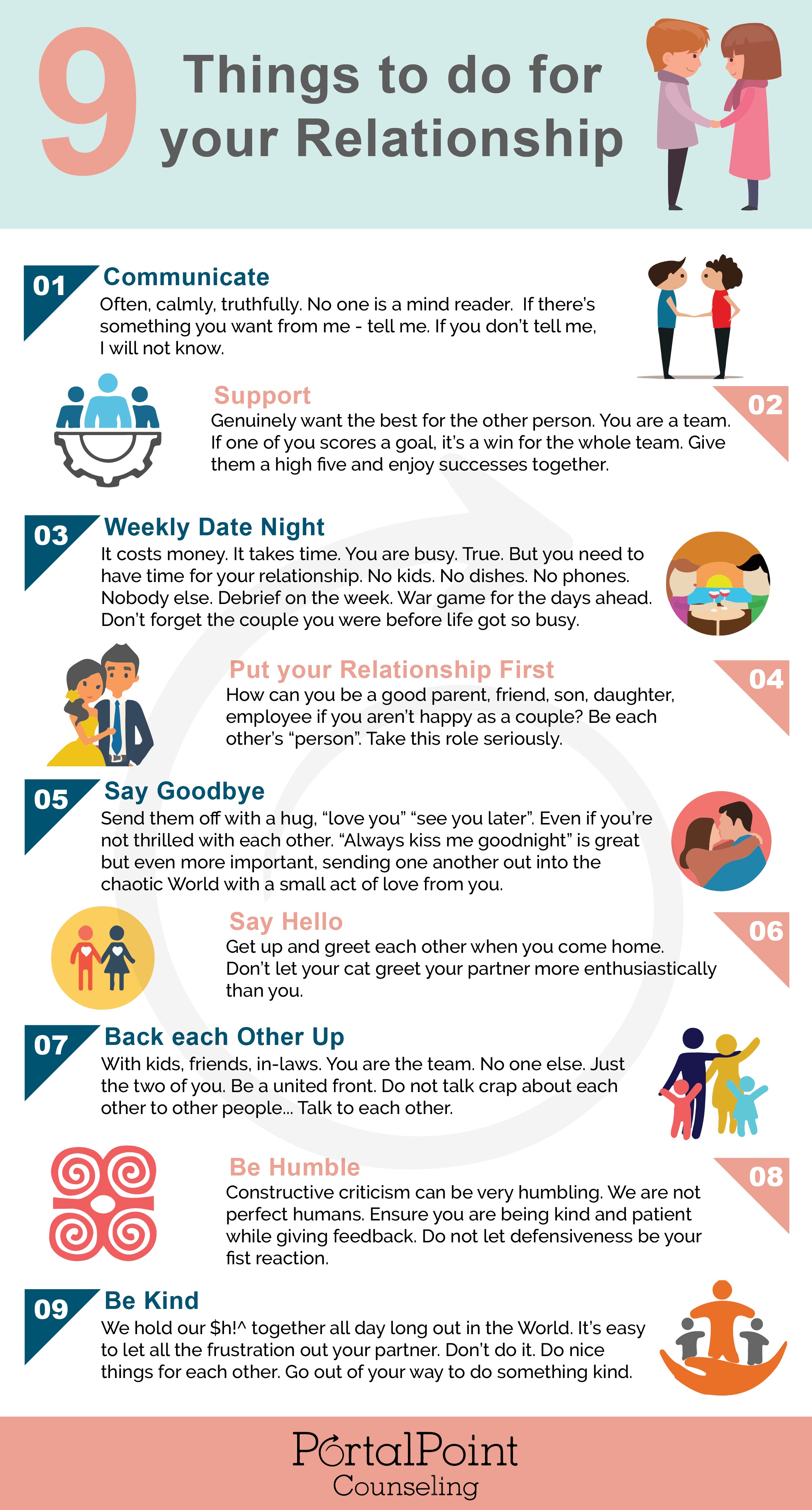Facts About Aim Point Counseling Uncovered
The smart Trick of Aim Point Counseling That Nobody is Discussing
Table of ContentsGetting My Aim Point Counseling To WorkThe smart Trick of Aim Point Counseling That Nobody is Talking AboutExamine This Report on Aim Point CounselingThe Ultimate Guide To Aim Point CounselingTop Guidelines Of Aim Point CounselingSome Of Aim Point Counseling
The longitudinal style includes a pre-treatment survey and 2 follow-up surveys at 3- and 12-months post-intervention. The research study is established in 8 Relationships Australia Victoria centres, throughout city, outer suburbs, and regional/rural sites. Relationships Australia, a non-government organisation, is the largest service provider of pair coaching and connection solutions in Australia.
In Australia, the median size of marital relationship before splitting up is 8.8 years, and approximately fifty percent of all divorces involve couples with youngsters [1] These high prices of partnership break down have been consistently linked with adverse health consequences for both adults and children complying with divorce/separation. These include seclusion from assistance networks, and minimized income and standard of living for both grownups and youngsters [3], dilemmas of loyalty over children for men, and clinical depression and loss of identity for ladies [4,5]
Aim Point Counseling - Truths
Longitudinal researches likewise suggest that youngsters of divorce have a greater incidence of psychological problems, medication and alcohol usage, and dangerous sexual practices [7] The effects of separation and splitting up can be detrimental, study indicates that high partnership disharmony in intact pairs is likewise likely to have adverse end results.
Research to day has actually determined both pair and private variables that may add to partnership dissonance. These include relationship contentment and dedication at the couple degree, and anxiety at the individual level.
The Main Principles Of Aim Point Counseling
While the majority of researches show renovations in relationship complete satisfaction complying with pair counselling, they are limited by the examples and actions made use of, mainly temporary follow-up time frameworks, and analyses that do not account for the dyadic nature of couple information., is another generally examined connection result.
To sum up, research study suggests that couple-specific variables as well as individual factors may forecast the outcomes of pair counselling and partnership solutions. The causal instructions of these partnerships, nevertheless, is less clear. These observations are vital, considering that, to warrant and assist the application of relationship solutions such as couple counselling, empirical proof must discover both the results of partnership solutions and the aspects that anticipate successful treatment.
, at least in some European nations.

We presently understand little regarding the profiles of couples that look for out relationship education and learning compared with those who seek relationship therapy, or the outcomes of these programs. Unscientific evidence suggests that there might be considerable distress among at the very least some pairs looking for partnership education and learning.
Indicators on Aim Point Counseling You Need To Know
Feedback includes individuals completing sets of questions regarding their partnership (e.g. steps Discover More of social problems), and getting details on what their ratings indicate. Cognitive-behavioural approaches promote changing cognitions to promote positive connections.
These meta-analyses highlight limitations in the current literature on relationship education and learning. This example profile may not represent clients who usually provide for relationship education and learning.
Some Known Incorrect Statements About Aim Point Counseling

Very little research has examined the comparative advantages of pair therapy and relationship education and learning programs. As clients are most likely to self-select into these service types, it is not clear whether particular connection distress accounts present per service kind, or indeed whether there is a communication between providing account, service kind and end result.
(https://www.mixcloud.com/a1mpoint/)
Thus, we have consisted of a 12-month follow-up to determine longer-term patterns and impacts. The study utilizes a number of standard result measures since some previous investigations have been criticised for their absence of standardised assessment [50] Ultimately, using analytical analyses that presume independence of information, such as t-tests, or ANOVAs, has actually been widespread in previous studies [ 44,49]
We recommend to utilise multi-level statistical modelling procedures that regulate for the inter-dependence of couple information to examine any therapy results. The particular aims of the ECC research are to: 1. Map accounts of clients looking for community agency-based couple coaching vs. connection improvement programs in terms of socio-demographic and partnership indicators (such as connection complete satisfaction, connection dedication, interpersonal issues, and factors for participating in), along with health (such as clinical depression, basic wellness) and wellness service use (eg.
Identify whether pair therapy and connection education services enhance three- and twelve-month results for partnership fulfillment, dedication, and clinical depression, making use of analytical analyses appropriate to combine data. couples counseling. Figure out the relative contributions of client variables (private and pair) and therapy/education factors to results at 3- and 12-months, and to sustainability of end results over time.
Excitement About Aim Point Counseling
Multi-level modelling to establish pre-post distinctions, managing for dyadic (couple) degree. To add to the literature examining the efficiency of community-based pair therapy. The outcomes will help clinical decision-making in community-based connection service settings, and specialist training. 3. To identify the loved one payments of client/couple and therapy elements to end results at 3- and 12-months, and to sustainability of results gradually.